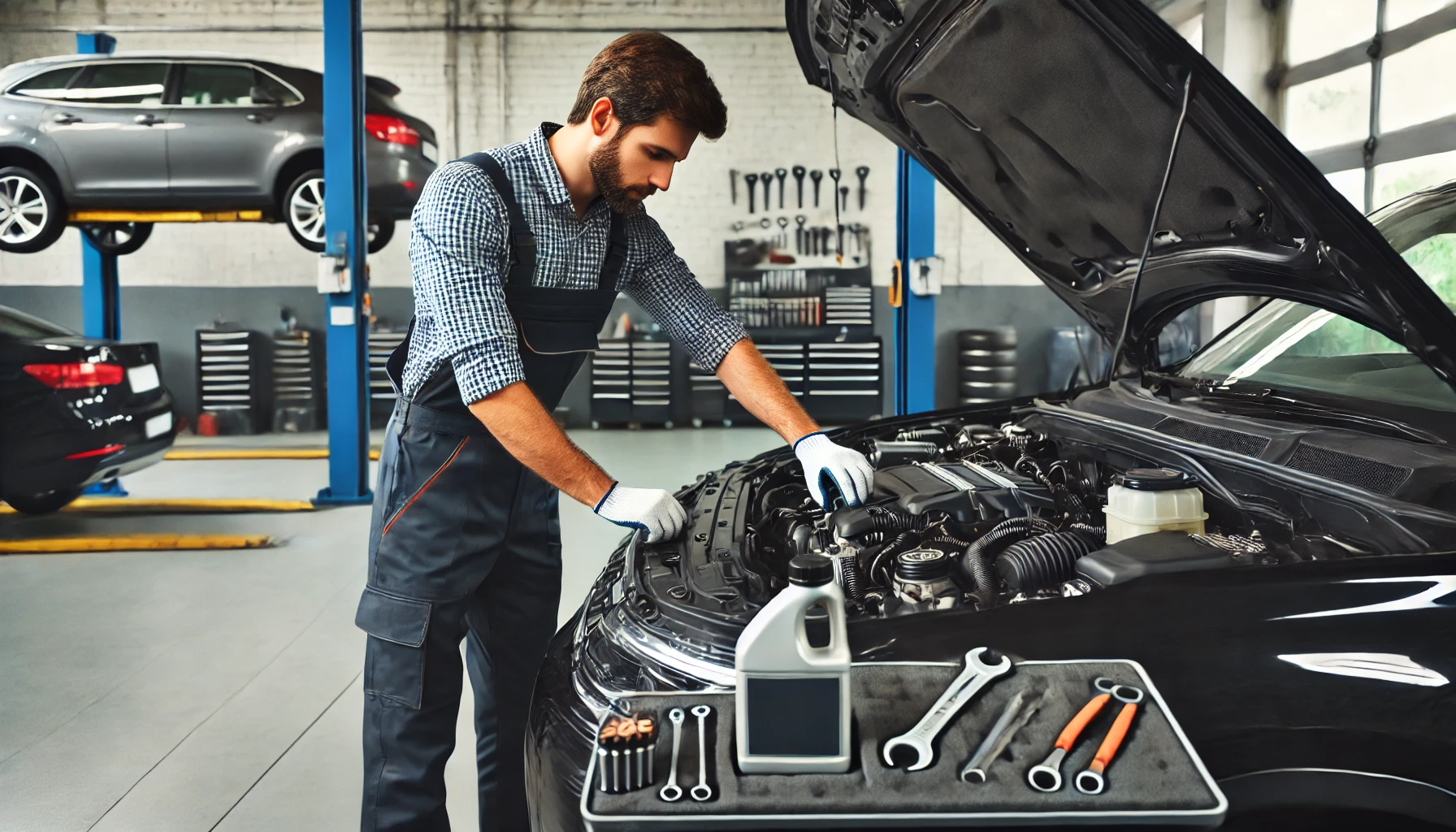The suspension system plays a crucial role in maintaining ride comfort, handling, and overall vehicle stability. Worn-out suspension components can lead to poor steering response, uneven tire wear, and a rough driving experience. Regular maintenance helps extend the lifespan of your suspension system and ensures a smooth ride.
1. Understand the Components of Your Suspension System
A car’s suspension system includes several key components that work together to absorb shocks and maintain stability:
- Shocks (Shock Absorbers): Control the up-and-down movement of the vehicle.
- Struts: Similar to shocks but integrated with the suspension system for structural support.
- Springs (Coil or Leaf Springs): Help absorb road impacts.
- Control Arms & Ball Joints: Connect the wheels to the suspension and allow movement.
- Sway Bars (Stabilizer Bars): Reduce body roll during turns.
Each part is essential for maintaining balance, comfort, and control.
2. Watch for Signs of Suspension Problems
A failing suspension system can make driving unsafe. Be aware of these warning signs:
- Excessive bouncing: If your car continues to bounce after hitting a bump, the shocks may be worn.
- Uneven tire wear: Misaligned or worn suspension parts can cause abnormal tire wear.
- Steering issues: Difficulty turning or a loose steering wheel may indicate suspension problems.
- Car pulling to one side: Could be caused by misalignment, worn control arms, or failing shocks.
- Nose-diving when braking: If the front of the car dips when stopping, the shocks or struts may need replacement.
Ignoring these issues can lead to unsafe driving conditions and expensive repairs.
3. Check and Replace Shock Absorbers and Struts
Shock absorbers and struts wear out over time and should be inspected regularly.
When to replace shocks or struts:
- Every 50,000 to 100,000 miles, depending on driving conditions.
- If you experience excessive bouncing or loss of control.
- If fluid is leaking from the shocks or struts.
Replacing worn shocks restores ride comfort and improves braking and handling.
4. Keep Your Suspension Aligned
Wheel misalignment puts extra stress on suspension components, leading to premature wear.
How to maintain alignment:
- Get a wheel alignment every 10,000 to 15,000 miles or if the car pulls to one side.
- Avoid hitting potholes and curbs, which can knock the alignment out of place.
- Rotate tires regularly to prevent uneven wear.
Proper alignment ensures even tire wear and stable handling.
5. Inspect and Maintain Suspension Bushings
Bushings are rubber or polyurethane components that reduce vibrations and noise in the suspension.
Signs of worn bushings:
- Clunking or rattling noises when driving over bumps.
- Increased vibrations felt in the steering wheel.
- Poor handling or steering response.
Replacing worn bushings prevents excess stress on other suspension components.
6. Avoid Overloading Your Vehicle
Excess weight puts extra strain on the suspension system, reducing its lifespan.
Best practices for load management:
- Follow the recommended weight capacity in your owner’s manual.
- Avoid carrying unnecessary heavy items in the trunk.
- If towing, use the right equipment to distribute weight evenly.
Reducing stress on the suspension prevents premature wear and improves ride quality.
7. Check Control Arms and Ball Joints
Control arms and ball joints connect the wheels to the suspension and allow for smooth movement.
Signs of worn control arms or ball joints:
- Steering feels loose or unstable.
- Clunking noises when driving over bumps.
- Uneven tire wear.
Regular inspections help identify wear before it leads to major handling issues.
8. Keep an Eye on Your Sway Bars
Sway bars help maintain stability during turns by reducing body roll.
Signs of a faulty sway bar or links:
- Excessive body roll when cornering.
- Knocking or clunking sounds from the suspension.
- Poor handling in curves.
Replacing worn sway bar components improves cornering stability and reduces body roll.
9. Regularly Inspect Tires and Suspension Components
Worn or underinflated tires can put additional stress on the suspension system.
How to maintain your tires:
- Check tire pressure at least once a month.
- Rotate tires every 5,000 to 7,500 miles.
- Inspect for uneven wear, which may indicate suspension problems.
Keeping tires in good condition supports proper suspension function.
10. Have Your Suspension System Inspected by a Professional
A professional mechanic can check for hidden suspension problems during routine maintenance.
When to get a suspension inspection:
- If you notice any warning signs like bouncing, noise, or uneven tire wear.
- During regular service appointments, at least once a year.
- After hitting a pothole or curb hard.
Regular inspections prevent small suspension issues from becoming costly repairs.
Final Thoughts
A well-maintained suspension system improves ride comfort, safety, and handling. By regularly inspecting shocks, struts, bushings, and tires, you can extend the life of your suspension and enjoy a smoother driving experience. Addressing small issues early can save you from expensive repairs in the future.


